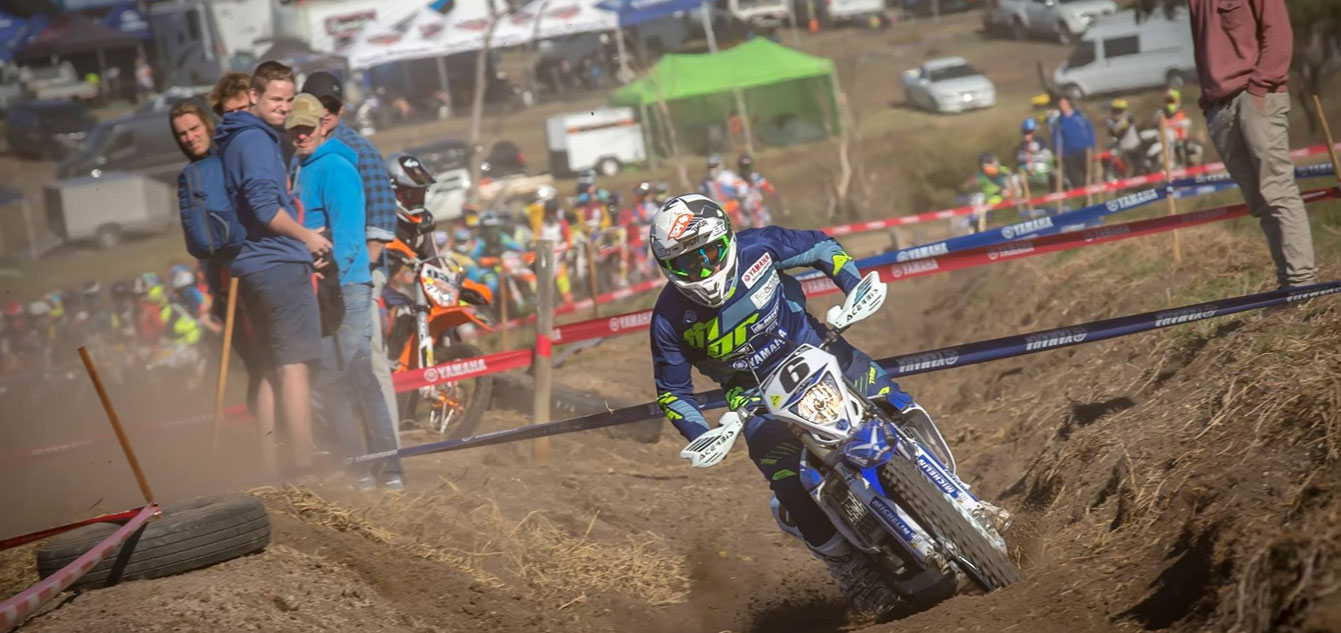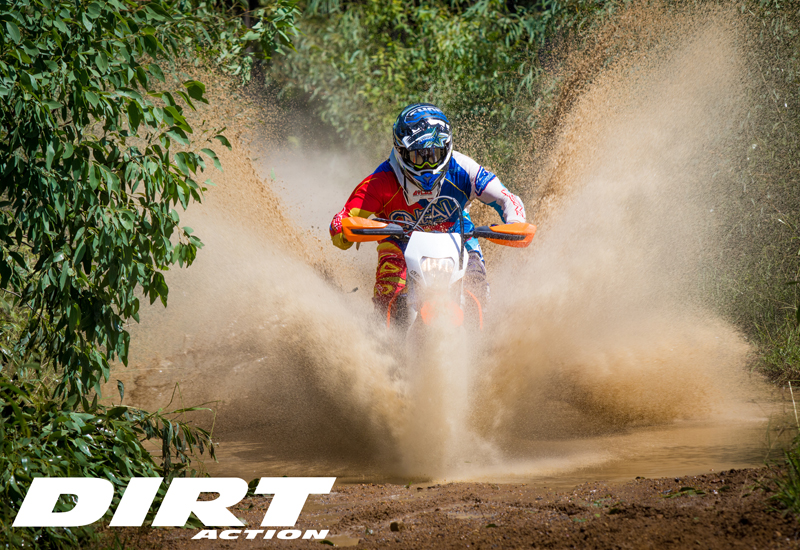
We put the two contenders for quarter-litre king head-to-head in a lightweight title fight.
STORY DAMIEN ASHENHURST | PHOTOS DAMIEN ASHENHURST & MATT BERNARD

Well, this has been a long time coming. KTM’s 250 EXC-F has stood at the head of the quarter-litre class for a while now as Yamaha and Honda sagged, aged and fell out of favour. Well, kind of, anyway.
So now the Japanese have shot back, thanks to Yamaha with a new WR250F that was conceived right here in Australia and tested by none other than the great Josh Coppins till they got it just right.
We took the two out for a perfect day on awesome trails and pushed them both pretty hard. Here’s what we found.
TOUCH ME, BABY
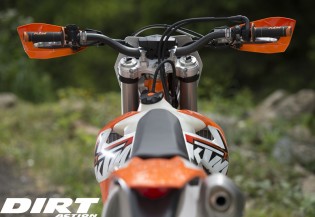
First of all, these two bikes are very different. They feel that way to sit on, to ride and to look at. The Yamaha feels squarer than the KTM. The seat has more pronounced edges compared to the rounded perch on the Kato and you can feel the bike between your legs more as you move backwards, whereas the KTM kind of disappears.
The Yamaha feels bigger than the KTM up the front as well. So the overall picture there is that the KTM feels smaller than the Yamaha pretty much straightaway.
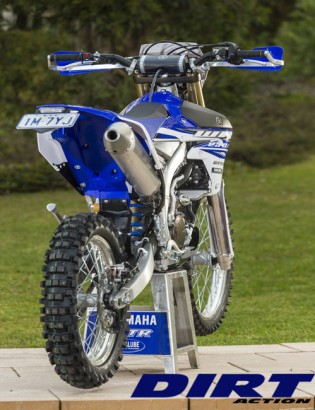
The speedo/headlight junction on the KTM is neater and more compact than on the Yamaha and also features an hour meter — which the WR-F doesn’t — as well as more complete switch blocks.
Overall, the KTM has a better component package, with top-cap fork adjustment, hydraulic clutch, a bigger, clear tank and the better speedo unit. The Yamaha does get one back by packing a thermo fan, which is not an insignificant addition, and the fact that you can mate the Yamaha Power Tuner up to the bike is without a doubt the best tool for tuning for EFI on the market.
LIGHT THE FIRES
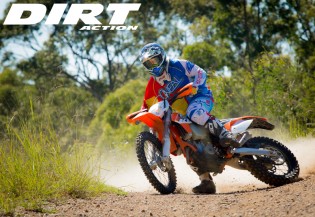
Fire the two up and, again, there’s nothing in common. The Yamaha has a mellower tone to the stock exhaust but a loud induction noise that later in the day will start to get on our nerves.
Release the clutch and here’s what you’ll find. The KTM will bolt from the gate while the Yamaha meanders through the bottom end and then hits a strong midrange and top end, where it does all of its best work.
The KTM has a much stronger and more usable bottom end than the WR-F and as a result it’s a better bike to ride in tight, snotty terrain where the Yamaha needs to have the revs kept up, not just to keep pace but also to lift the front wheel over anything in its path. There really is no comparison here: the bottom end on the KTM shines and it’s far easier to ride than the Yamaha in that area.
But when the track opens up, things get more fun. The Yamaha feels like its heritage suggests — a motocross bike that wants to rev — and when you get past that mild bottom end you reach a very different feel. The two bikes feel quite similar here and it’s really the only place they intersect as they both love to rev and have plenty to offer in the midrange. This is where most of your riding will be done and both engines do it well. Drop down and the Kato will pull harder; take it up a notch and the Yamaha’s top end peeks through.
Both engines are outstanding and no doubt would be mind-blowing to anyone who hasn’t ridden a 250F for years. The Yamaha however is begging for a less restricted setup via the optional GYTR pipe, which we’ve ridden with and can confirm it makes the WR-F a better bike to ride and also cuts much of the annoying induction noise.
CUT AND CARVE

The handling of both machines is really interesting. They both feel great and excel in similar areas but they do it so differently. The WR250F doesn’t have the sort of feedback through the frame that the KTM does. The more rigid aluminium frame cuts much of the vibration and trail chatter before it reaches you, whereas you feel a lot of what’s going on with the EXC-F.
The forks on both bikes are excellent; we’re spoilt in this department. Steering the KTM is all about knowing the back end and what the PDS will do. I’m used to it — I like the PDS but I did appreciate the way the WR-F stayed planted in the back on fast, bumpy corners where the KTM tended to kick on entry.
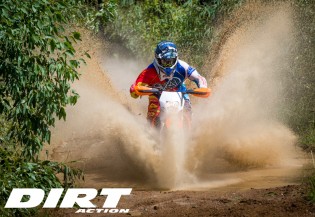
One thing you need to understand about both these bikes is that you can ride them crazy fast. They are quick bikes, no doubt.
The Yamaha is about five kilograms heavier than the Kato but, again, I have to come back to feel here. You feel more engaged with the trails on the KTM than on the Yamaha and more so than many other bikes we’ve tested.
NO REASON NOT TO
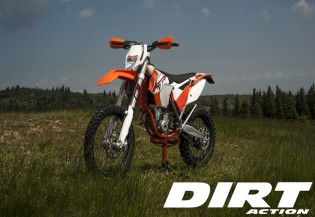
What we have here is two amazing 250Fs. The EXC-F has proved reliable while the Yamaha has nothing in its heritage to suggest otherwise. The Kato is more expensive by $1000 but we reckon that riding the WR-F without the GYTR pipe means you’re not getting the best from the bike, so add that cost and the prices close up a little.
Excluding all mods, the KTM has the better engine straight out of the box and for that reason I find it the more fun and versatile bike to ride. In pure performance terms, though, it really is a pipe purchase that would square these two up.
Want more articles like this? Subscribe to Dirt Action Magazine.



